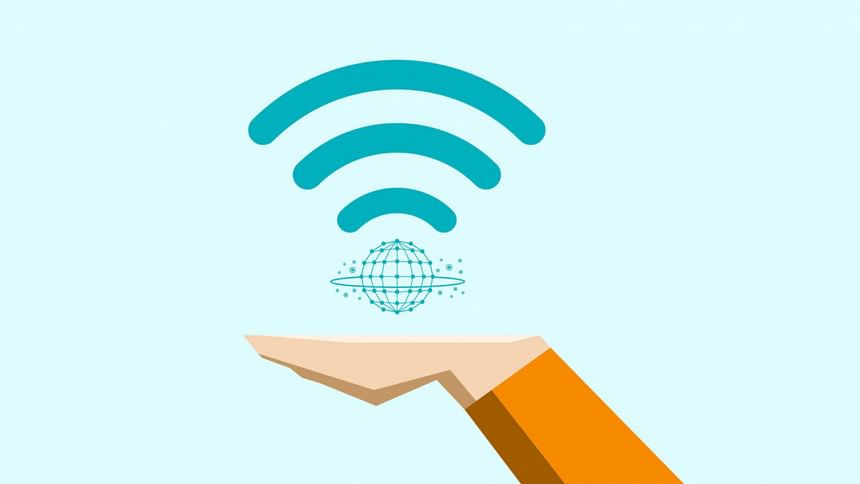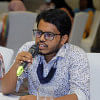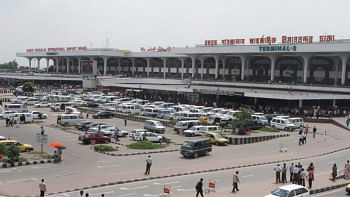Digital divide points to disparity in rural-urban internet access

The digital divide continues to exist in Bangladesh underscoring disparities in internet access between rural and urban areas, while gender digital divide also worsened.
The number of internet users increased by 1.8 parentage points to 41 per cent for the people aged above five, according to Bangladesh Sample Vital Statistics, a project run by the Bangladesh Bureau of Statistics.
Of the users, only 37.1 per cent are from villages, highlighting the persistence of digital divide among rural villages compared to urban cities.
While urban areas enjoy better infrastructure and connectivity, rural villages face infrastructural constraints, including inadequate broadband coverage, and a lack of technological resources, according to the experts.
"Although the government introduced the 'one country one rate', the transmission cost hasn't gone down, leading to lower broadband internet penetration in the rural area," said Syed Almas Kabir, chief executive officer of MetroNet Bangladesh.
Despite the government's introduction of the 'one country, one rate' policy, the hike in transmission costs has led to a significant setback in the penetration of broadband internet services in rural areas, according to the MetroNet Bangladesh CEO.
This digital divide exacerbates the gap between urban and rural communities, inhibiting the equitable participation of rural populations in the digital economy.
AKM Fahim Mashroor, chief executive officer of Bdjobs.com, said a good number of people use the internet through broadband connection and the cost of which is very low.
"Conversely, in rural areas, the availability of broadband internet remains limited, forcing many users to depend on expensive mobile data plans, which pose a considerable financial burden given their income levels," he said.
"On the other hand, there are very limited broadband internet connections in rural areas and many of the users are fully dependent on mobile data, the cost of which is very high compared to their income level," he added.
Meanwhile, the survey also pointed out that gender inequality is contributing to the digital divide in Bangladesh.
Of the users, 47 per cent are men and 34 are women.
Industry people and experts said women face additional challenges in accessing the internet compared to their male counterparts, resulting in a gender gap in internet usage and digital skills.
Due to some cultural and traditional beliefs or norms, the gender gap in internet access persists.
"In rural areas, many females are restricted from accessing the internet due to social reasons imposed by their parents or guardians," said Mashroor.
Kabir said the low participation of women in the IT sector, which is only 12 to 13 per cent, reflects the gender digital divide.
However, women in Bangladesh have significantly dominated the F-commerce market, he said, adding that this means, good quality of internet—speed without interruption—may narrow the gap.
Female internet users rose by 1.2 percentage points year-on-year in 2022. However, the gender gap increased as the rise in the male internet users increased by 2.5 percentage points.
However, the digital divide in the rural area with the city decreased very slightly—by two basis points.

 For all latest news, follow The Daily Star's Google News channel.
For all latest news, follow The Daily Star's Google News channel. 








Comments